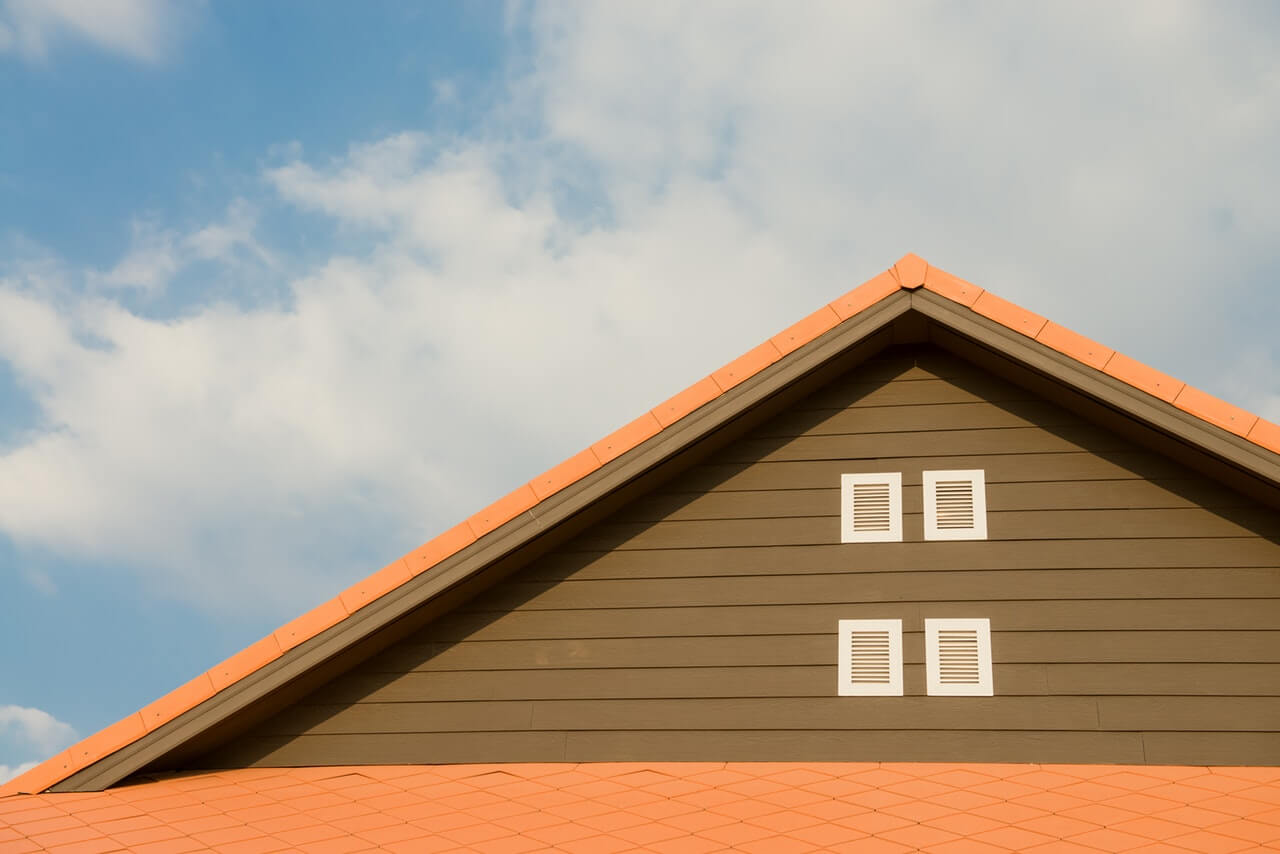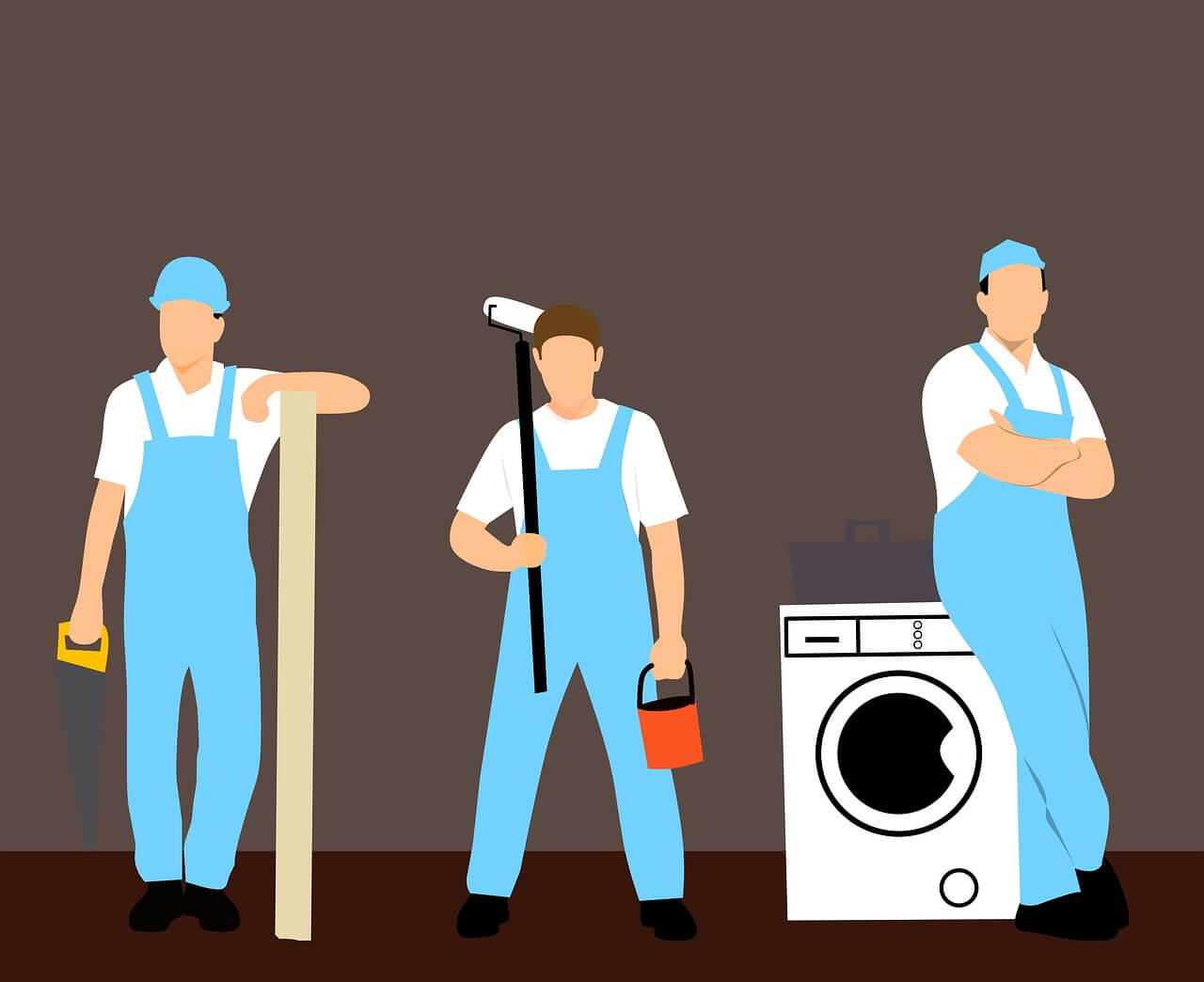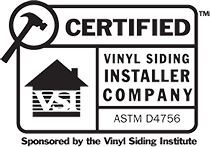If you’ve got a leak in your flat roof but aren’t sure where it’s coming from – you’re not alone. It can be a stressful time when you can’t find that leaky spot. How to find a leak in a flat roof is the topic of today’s article and we will try and help you out.
How can you start fixing your roof if you don’t know exactly where the leak is coming from? Thankfully, if this is a problem for you right now, then you’re in the right place.
Lots of the info out there on finding leaks in a roof is for traditional pitched roofs. While these might be the most common type of roof in America today, they aren’t the only roof. If you’ve got a flat roof, a lot of the advice out there simply isn’t relevant to your specific build.
There are a range of unique issues when it comes to finding a leak in a flat roof, and we’re going to look at them.
So if you’ve got a flat roof with a leak, then look no further. How do you find a leak in a flat roof?
Let’s have a look…
How to find a leak in a flat roof
The problem with finding a leak in a flat roof that sets it apart from finding one in a sloped roof is that the water can run in any direction. With a traditional sloped roof, a leak can be found quite easily as water will flow in a downward motion. So all you need to do is simply follow it up to its source. This isn’t how it works with a flat roof, so things can be more difficult.
You might have first been alerted to a leaking issue because you recently saw a damp patch or water stain on your ceiling. There’s one important thing to remember here: These patches or stains do not necessarily mean that the leak is directly above them.
The only real way to find the specific location of the leak is by getting up on the roof and examining it on a dry day. After all, how can you spot a leak on a wet roof that’s being rained on continuously? You can’t.
Remember: safety should always be your number one concern when getting up on your own (or any) roof. If you aren’t sure what you’re doing or don’t have the right safety equipment, then don’t do it. Get a professional roofer in instead. Make sure you have the right supervision, that your roof is easy and safe to access and is well-lit at the time.
Once you’re up on your flat roof on a dry day, the next step is to carefully look over the entire roof for any evidence of leaks or holes. Have a look out for any low spots, especially ones surrounded by dirt-stain. This could be evidence of pooling water. If there’s any actual pooling water itself, this makes spotting the problem even easier.
Common reasons for leaks on flat roofs
A common cause of leaks on flat roofs is often flashing. Thin pieces of material (sometimes metal) that have been installed to weatherproof the roof and stop water entering at angles or joint. This flashing is normally installed around pipes and at roof edges, but it isn’t always that durable. It’s these sort of areas you’ll want to check carefully, especially to see if any of the flashing has cracks or holes in it, or if it’s peeling.
This flashing and other roofing materials can suffer from heat damage over the years and may bubble or develop cracks. These cracks can also be the location of a leak.
Once you’ve found an area that you think is the source of a leak – you need to make sure. Many holes or cracks on your roof might just be simple wear and tear rather than actual leaks. While these could develop into leaks over time, it’s important that you find out for sure where your leak is coming from before you try and repair.
How to make sure where your leak is coming from
To check for sure, you can use these tips:
- take a hose (safely) up onto your roof and spray the suspected area. Go inside and have a look to see whether water is tricking inside at the spot you suspect. If you have a friend to help you, one can stand inside to check while the other uses the hose. This can present more accurate results, and might also make it easier to find the exact location without having to guess where you were standing. It can take a few minutes for water to arrive through the roof even if you have found the leak location, so don’t be impatient. If you were mistaken about the location of the leak and this first step doesn’t confirm it, you might have to try a few other spots on the roof or do some further explorations.
- There might also be more than one source of the leak, so just because you’ve found one spot – that doesn’t mean it’s the only one. Since you’re up there, you might want to try testing the whole roof area to save time going up there again for another leak in a few months.
- When you’ve found the leak location, you can plan what to do next. If you’re good at DIY, you can consider fixing the leaked part of the roof yourself. How easy this is to do will depend a lot on the type of roof material you’ve got and how bad the damage is, as well as how good you are at this sort of thing.

Many people decide to call in some professionals for a high-quality finish, and that’s something you could do too. For really leaky roofs, you might want the whole thing replaced rather than just a quick repair.
This could be more expensive, but it might be worth it in the long-run. Shop around for competitive quotes and make sure you go with a highly-recommended roofing firm with years of experience in your area.
Finding the leak yourself shouldn’t be too difficult in the right circumstances. It’s what you do next that could be a bigger decision.












